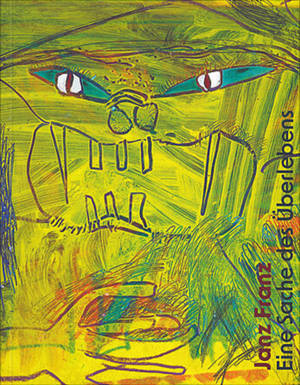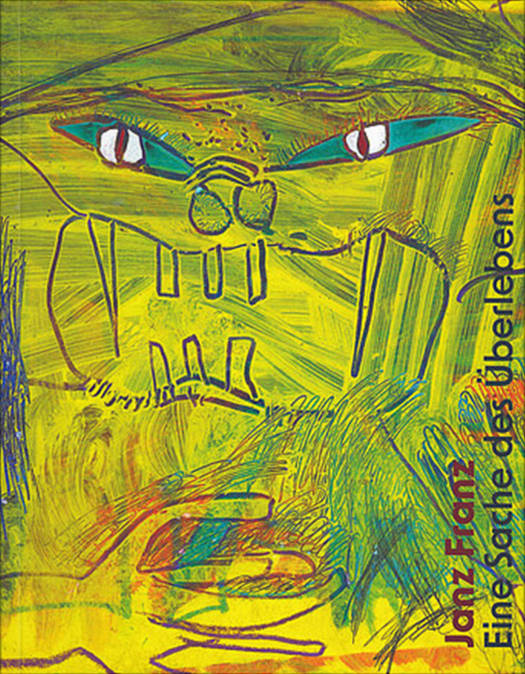
- Afhalen na 1 uur in een winkel met voorraad
- Gratis thuislevering in België vanaf € 30
- Ruim aanbod met 7 miljoen producten
- Afhalen na 1 uur in een winkel met voorraad
- Gratis thuislevering in België vanaf € 30
- Ruim aanbod met 7 miljoen producten
Zoeken
Janz Franz
Eine Sache des Überlebens
Ferdinand Altnöder, Janz Franz, Theresia Heimerl, Günther Moschig, Hermann Nitsch, Roberto Peccolo, Wolfgang Richter, Nikolaus Schaffer, Günther Uitz, Roman Grabner
Paperback | Duits
€ 24,95
+ 49 punten
Omschrijving
Janz Franz was a self-taught artist, born in 1946 in Graz and passed away in Salzburg in 2017. In the 1960s, he was shaped by the emerging rock scene of Styria's capital city, followed the early years of the newly founded Forum Stadtpark and the avant-garde festival steirischer herbst, and frequented the local art and literary scene. In 1971, he moved to Salzburg to work initially as a waiter before increasingly dedicating himself to art from the late 1980s onward. In 1991, he met the performance artist Hermann Nitsch, who supported him and encouraged his gestural-expressive working style.The works of Janz are snapshots of the artist's existential condition, with the canvas serving as a place for dialogue with himself, as well as engaging with his surroundings and, above all, his critics. In Janz Franz's works, a drive for art emerges, characterized by immediacy, the unconscious, radical subjectivity, and a gestural working process. Layers of imagery are stacked upon each other, pop-cultural symbols are quoted and alienated, words and phrases are inserted into the image as linguistic extensions and commentaries, only to be erased again, building the artwork as if in geological strata. Dark in mood, they reveal depths and fears, speak of Eros and Thanatos, and reflect the tragedy of life. He was an artist who channeled the moods and energies of his surroundings and faced life's challenges with intensity and determination.
Specificaties
Betrokkenen
- Auteur(s):
- Uitgeverij:
Inhoud
- Aantal bladzijden:
- 209
- Taal:
- Duits
Eigenschappen
- Productcode (EAN):
- 9783991531296
- Uitvoering:
- Paperback
- Afmetingen:
- 230 mm x 270 mm

Alleen bij Standaard Boekhandel
+ 49 punten op je klantenkaart van Standaard Boekhandel
Beoordelingen
We publiceren alleen reviews die voldoen aan de voorwaarden voor reviews. Bekijk onze voorwaarden voor reviews.








